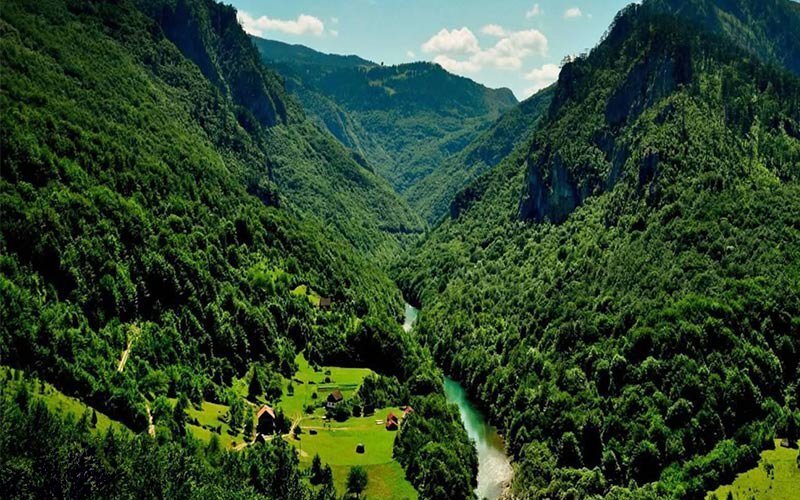Iran’s Hyrcanian Forest named UNESCO World Heritage site

UNESCO on Friday designated Iran’s vast Hyrcanian Forest as a World Heritage site, making it the second such Iranian natural site after Lut Desert, which was granted the tag in 2016.
The inclusion was unanimously approved by experts at the 43rd session of the UNESCO World Heritage Committee, IRNA quoted acting Secretary General of the Iranian National Commission for UNESCO Hojjatollah Ayoubi as saying on Friday.
Ayoubi along with Mohammad-Hassan Talebian who is the deputy director of the Cultural Heritage, Handicrafts and Tourism Organization, and several other officials are attending the session, which is running through July 10 in the Azerbaijani capital Baku.
The country has also 22 cultural properties being registered on the prestigious list, including Cultural Landscape of Maymand, Sassanid Archaeological Landscape of Fars Region, and Historic City of Yazd.
Hyrcanian Forest (also known as Caspian Forest), extends from the south of Azerbaijan to about 900 km to the east to the Iranian northern provinces of Gilan, Mazandaran and Golestan. This forest forms the outermost boundary of the west-Eurasian nemoral deciduous forests to alpine thorn cushion corridors and forest-free dry vegetation of the Iranian highlands and Central Asia.
The Hyrcanian Forest cover the northern slope of the Alborz Mountain in Iran at the southern edge of the Caspian Sea and it contains very rich ecosystems due to the particular orographic and climatic situation (precipitation rich, warm-temperate, high moisture from the Caspian Sea and damming effect of the Alborz Mountain range).
According to UNSESO, the forest contains the most important and significant natural habitats for in-situ conservation of biological diversity, including those containing threatened species of outstanding universal value from the point of view of science or conservation. It also contains superlative natural phenomena or areas of exceptional natural beauty and aesthetic importance.
It is outstanding examples in the record of significant on-going geological processes in the development of landforms and significant geomorphic or physiographic features. It is also outstanding example representing significant ongoing ecological and biological processes in the evolution and development of terrestrial, ecosystems and communities of plants.
